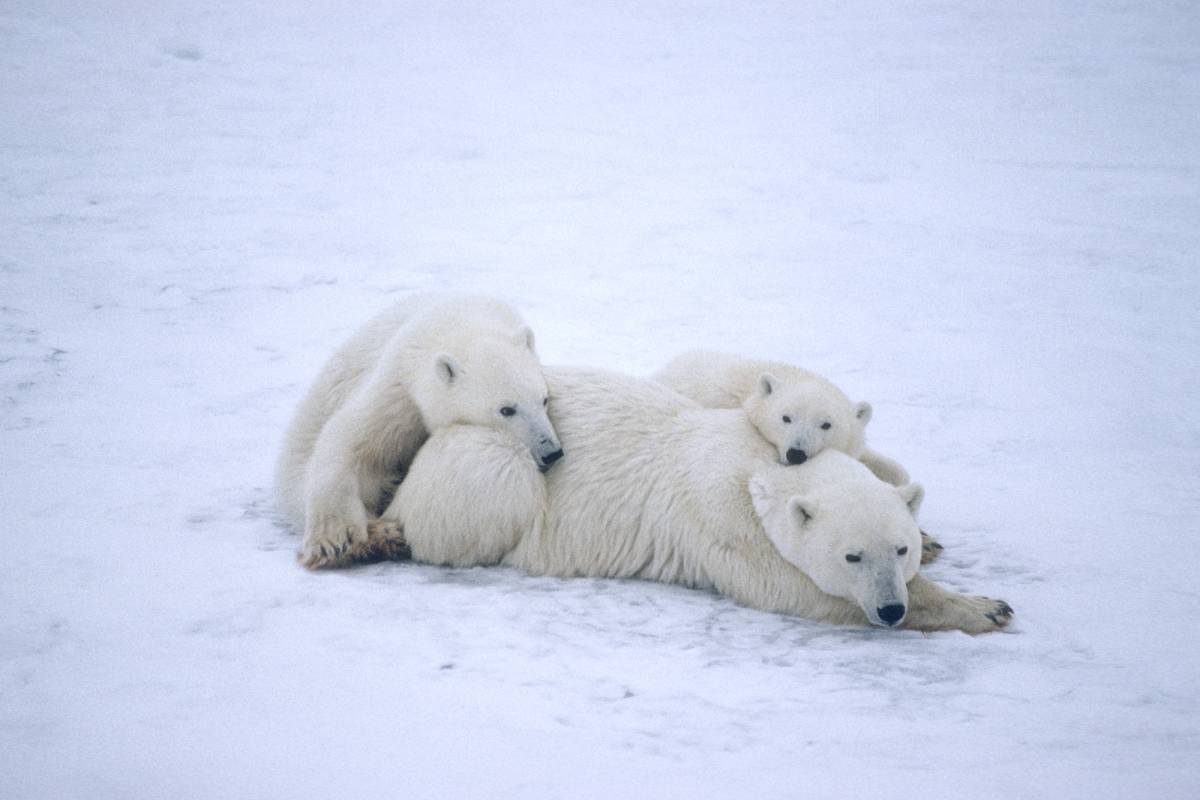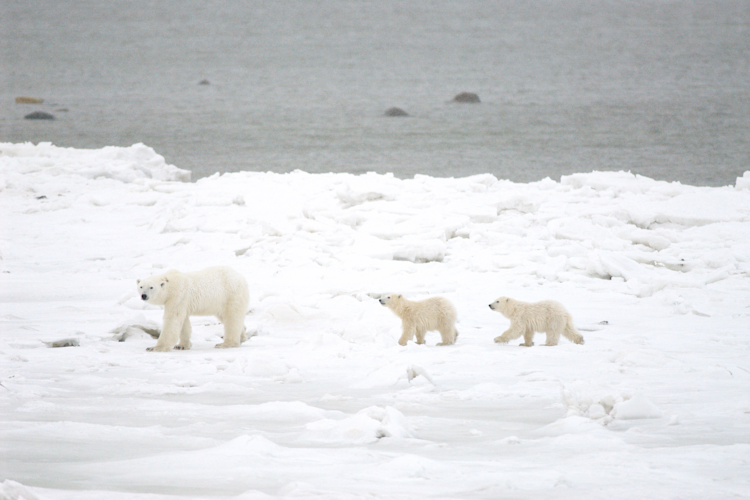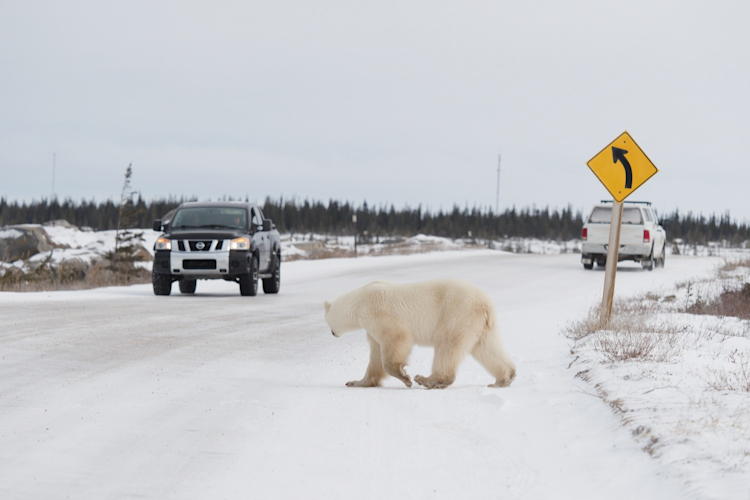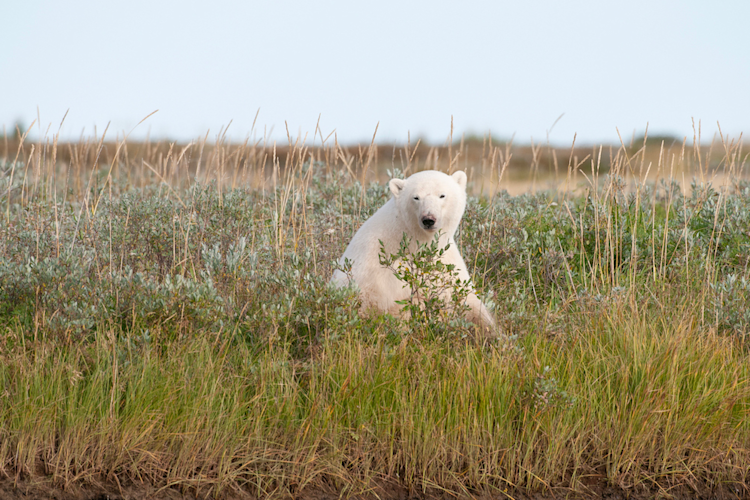One of the most important issues that Polar Bears International works on is coexistence: helping ensure that polar bears and people are able to occupy the same areas without either being threatened by the other. Although there are many different elements involved, much of the time coexistence is a case of people being aware of and alert to the presence of bears, knowing not to leave out attractants such as food waste that might entice polar bears into communities, and being prepared with deterrents if necessary (eg- bear spray, flares, etc.).
While dangerous encounters between polar bears and people are rare, they can of course be highly traumatic or even deadly, and so it is important to make every effort to limit or even, as much as possible, eliminate them. And it is a similar story with other bear species, many of which also find themselves in proximity with humans, creating the potential for conflict.
Sharing information on coexistence
This fall, Geoff York, our senior director of science and policy, will be attending the 28th conference of the International Association for Bear Research and Management (IBA) in Edmonton, Alberta. Coexistence will be on the agenda and experts on all species of bears, along with Indigenous speakers from around the world, will be sharing information and knowledge. Registration is currently open for the gathering, which will be held September 13-20.
There are eight species of bears worldwide — brown, North American black, Asiatic black, sloth, spectacled, sun, panda, and polar — and most of them come into conflict with people at some point. In many cases, a bear attack is the result of a bear being frightened or protecting its cubs, or a human being unaware of a bear’s presence and straying into danger. For example, an Italian man who was killed by a brown bear in April 2023 was jogging alone in an area that until recently had only a handful of bears but now boasts more than 100 following repopulation efforts.
(The attack was the first bear fatality in Italy in modern times. As another indicator of how rare fatal bear attacks are, consider that black bears have killed only 61 people across North America since 1900; in contrast, lightning strikes claim the lives of an average of 28 Americans each year.)


















